(oops... just noticed I used my PS "2015" action to insert my name... but these are recent images)
20/0.40 and 50/0.50 Olympus MPLFLN objectives were used at 20X and 50X magnifications onto a Canon APS-C sensor (either 50D or T3i).
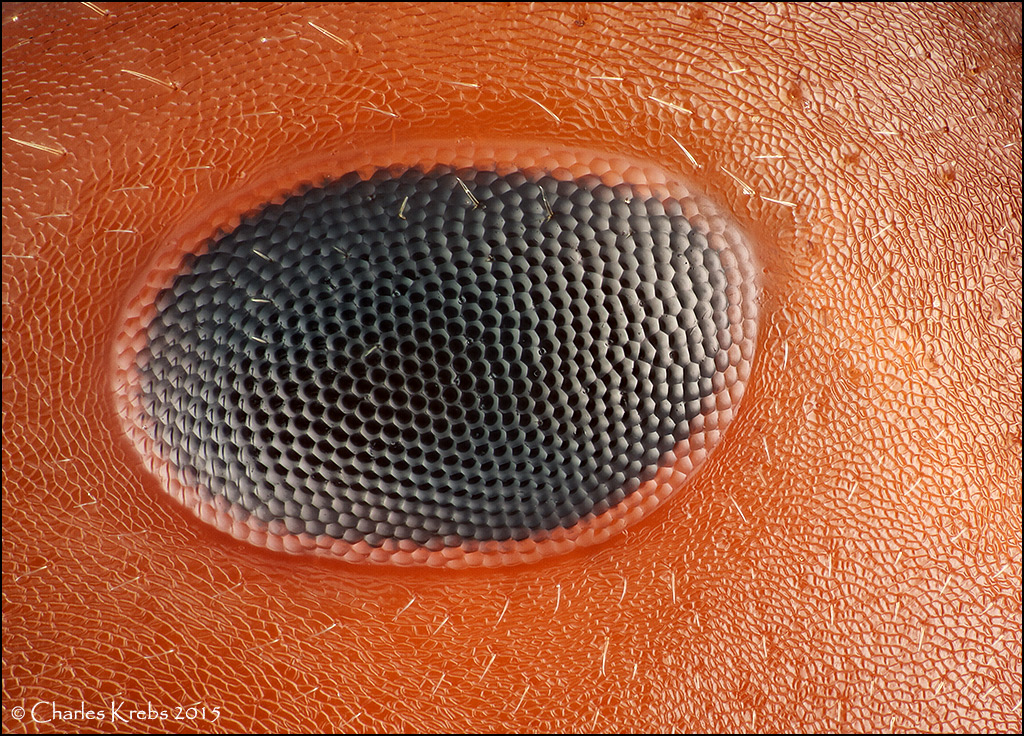
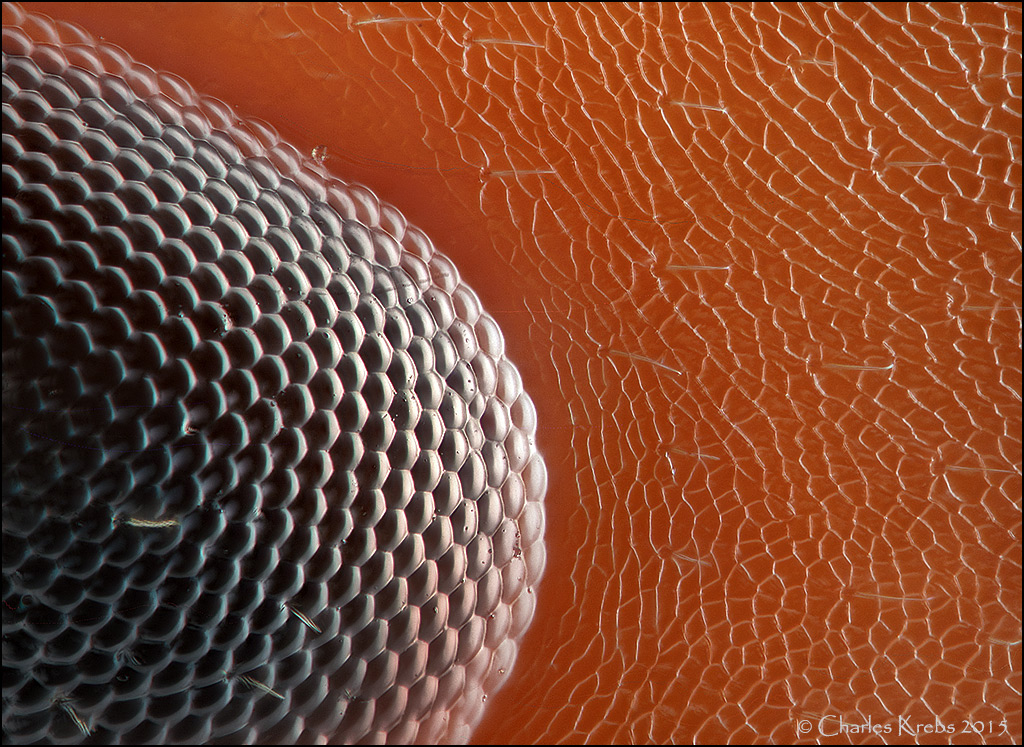
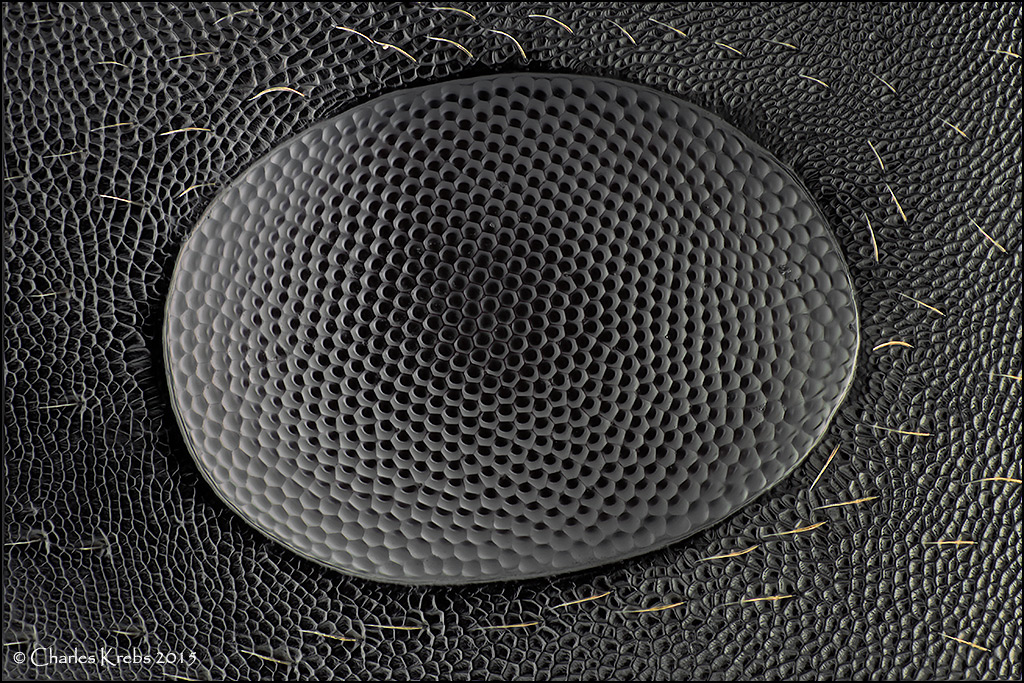
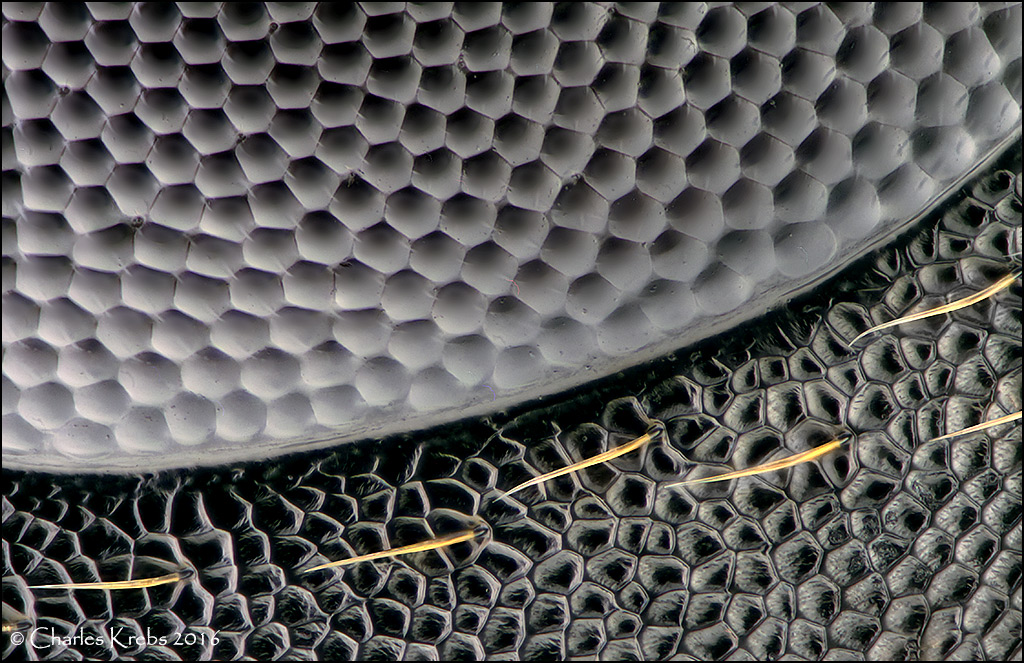




Fan has it just about correct with some minor but key differences from the earlier post he referenced. With a subject like this I have two (somewhat conflicting) lighting "needs". Evenly diffused overall light works best on the eye facets. But the finely textured, reticulated head surface needs some low grazing light to show the wonderful patterns... they don't show up well in overall diffused light. The LED lights I use are not extremely large, but not "pinpoint" either. A ping-pong ball is a little too small to establish the needed "grazing" light with my lights so I use a 4" dome made from half a plastic Christmas ornament from a hobby store (lightly spray painted matte white on the inside surface). If I put one of my lights very low and right up against the dome the is results in the directional light needed for the surface pattern. Then, a second light (or two) are directed towards the dome from a greater distance, illuminating it in a more overall way. The lights can all be finely adjusted for intensity. Then it becomes a matter of adjusting them and taking test shots until the best rendition is reached.apochronaut wrote:Incredibly crisp and defined. How did you light these?
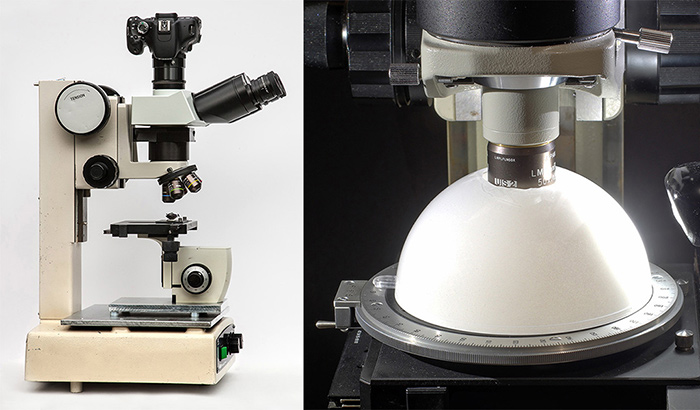
Most definitely. Here is a single image from the 20X z-stack for the black ant.This particular "stack" took 101 images to get what I needed.einman wrote:Was there any "stacking" involved in these photos at all?
The entire image seems to be in focus.
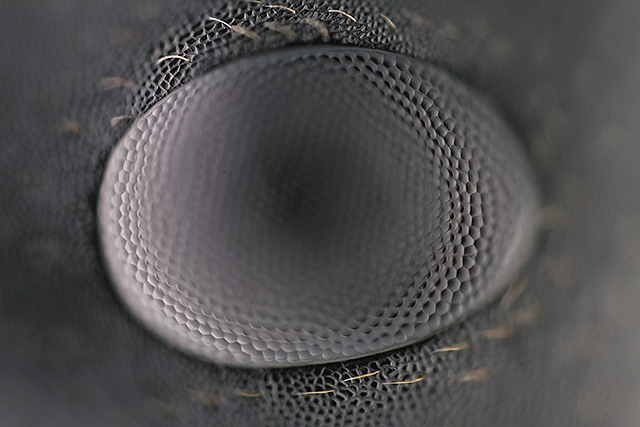
Ebay, (and patience), is definitely your friend in this regard. These are actually pretty commonly used industrial objectives, and I've seen them go for relatively low prices (~$350-700). As always, you need to be careful... some of the used ones from Asia appear to have led tough lives.einman wrote:The objectives you are using exceed $2000 new each. OUCH. I will have to be content with lesser objectives LOL.
These LMPLFLN objectives and the Olympus S Plan Apo 160 TL objectives are two completely different "animals". I still use the S Plan Apos on my "biological" scope (an Olympus BHS). But these are all designed to be used with cover slips and (as you mentioned) have extremely small working distances. They are really not suited (except perhaps the 4X) for opaque subject like pictured here. There is simply no room to establish attractive external lighting, and their high NA means you should adhere to cover slip requirements.einman wrote: In your opinion how do these semi-apochromatic objectives compare say to a Nikon BD plan 20X or an Nikon M-plan 20X? The na does not appear to be that different although the CA would vary.
In the past I believe you favored Olympus Splanapo 160 TL objectives . Although they have the same FN and better NA, their WD is much smaller and thus makes lighting a bigger challenge. Any comments on the quality of the image using an Splanapo vs these newer objectives?
c-krebs wrote:These LMPLFLN objectives and the Olympus S Plan Apo 160 TL objectives are two completely different "animals". I still use the S Plan Apos on my "biological" scope (an Olympus BHS). But these are all designed to be used with cover slips and (as you mentioned) have extremely small working distances. They are really not suited (except perhaps the 4X) for opaque subject like pictured here. There is simply no room to establish attractive external lighting, and their high NA means you should adhere to cover slip requirements.einman wrote: In your opinion how do these semi-apochromatic objectives compare say to a Nikon BD plan 20X or an Nikon M-plan 20X? The na does not appear to be that different although the CA would vary.
In the past I believe you favored Olympus Splanapo 160 TL objectives . Although they have the same FN and better NA, their WD is much smaller and thus makes lighting a bigger challenge. Any comments on the quality of the image using an Splanapo vs these newer objectives?
These newer (infinity) M Plan Olympus fluorites are used for similar subject matter where I had previously used the longer working distance versions of 210mm finite Nikon CF M Plan achromats. The resolution is pretty much directly related to aperture, so similar magnifications and NA's will exhibit similar resolutions. By selecting the proper versions (there were many in the Nikon CF 210mm finites) the working distances were very similar. But there is a very clear difference in color correction. The Olympus fluorites ("semi-apos") are clearly better in this regard. When I used the Nikon Achromats regularly it was really not all that difficult to clean up any egregious chromatic aberration in post-processing, but naturally it does take some time (and sometimes perhaps more skill than I could muster). I very rarely need to do any chromatic aberration correction when using these Olympus objectives. They are not quite as highly color corrected as the Mitutoyo M Plan Apos I use on occasion, but close enough... much closer to the apos than the achromats. In practice about the only time I notice a difference is when working with bright metallic surfaces with lots of specular highlights and bright edges. (The Mitutoyos still have a longer working distance up to about 50X).